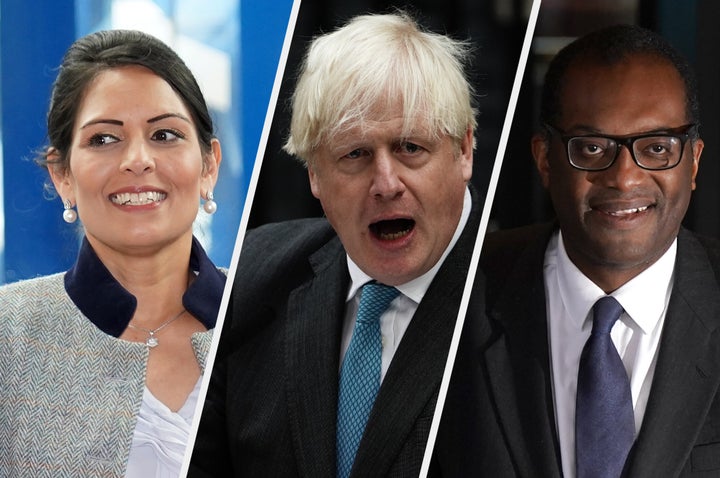
As the Conservative government has now changed its top team (almost completely) for the third time since the summer, a lot of ministers have found themselves out of a job.
But, even if relegated to the backbenches, they could still be taking home a hefty severance package.
As the cost of living crisis continues to cause concern across the country, questions are rightfully being asked about just how much this is costing the taxpayer.
With so many people flitting between roles – one education secretary was in the role for just two days – what qualifies someone for severance pay? And does it still make sense when there have been 70 resignations or sackings since July?
Here’s what you need to know.
How much are the top politicians paid?
All MPs – so everyone elected in the Commons – receives £84,144 per year, with expense for running an office and employing staff on top.
Anyone appointing to government as a minister then gets a boost in this salary, although ministerial pay ranges according to the seniority of the position.
No.10 Downing Street’s main occupant also gets reimbursed up to £115,000 for expenses.
Outside of extra pay, this is how much those at the top are paid annually, on top of their MP salary:
The prime minister is paid £75,440 on top of the MP salary.
A cabinet minister receives £67,505.
A minister of state receives £31,680.
A parliamentary under-secretary of state receives £22,375.
What is severance pay?
Under the Ministerial and other Pensions and Salaries Act 1991, those who hold an eligible paid position in either the government and the opposition will be entitled to a quarter of their salary in severance pay when they leave.
This only applies to the last ministerial job the MP in question had, even if it’s a lower-ranking one.
So for a prime minister, that works out to be £18,860.
For a cabinet minister, £16,876.25, a minister of state £7,920 and a parliamentary under-secretary of state will receive £5,593.75.
Who is entitled to severance pay?
- People under 65 who leave for any reason other than their death
- All ministers who resign, or are ejected from government, no matter how long they have served.
Who is not entitled to it?
- Parliamentary private secretaries or trade envoys – both of these roles are unpaid
- Anyone who holds one of the eligible positions again within three weeks (or six weeks if parliament is dissolved for an election), even if it’s a different ministerial role.
So, after less than 50 days in No.10, Liz Truss will receive the same severance pay as her predecessors Boris Johnson or Theresa May.
Can you refuse the payment?
Yes – you can give it to charity, or just refuse it altogether.
So, how much is the taxpayer going to pay for recent reshuffles?
With 70 people leaving government since July, The News Agents podcast claims the taxpayer may have to pay £722,000 in severance payments – if all those who are eligible accept it.
Some cabinet ministers will benefit the most, having returned to government after a brief break which was just long enough for them to benefit from severance pay.
For instance, Dominic Raab was the deputy prime minister and justice secretary in September, before being dismissed under Liz Truss.
He was reappointed under Rishi Sunak in late October, although The News Agents understand he will be returned part of that money now he’s back in office.
The podcast also said the office of prime minister Sunak – who resigned in July as chancellor – did not respond when pressed about what he would do with his severance package.
